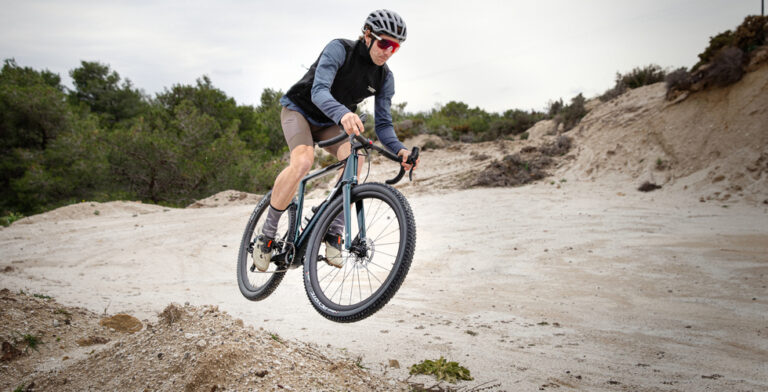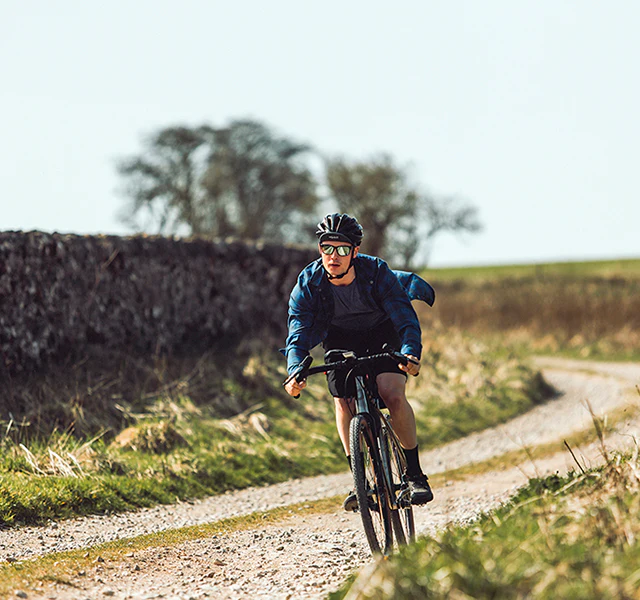Exploring Downhill Bikes: The Role of Weight in Downhill Mountain Biking
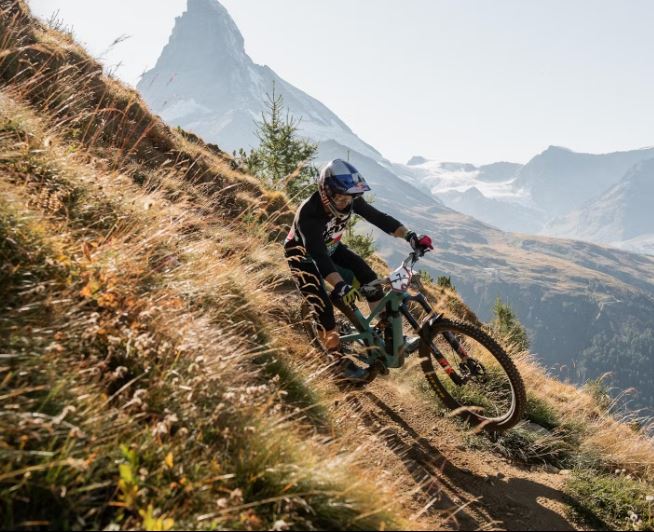
Key Point Summary of The Role of Weight in Downhill Mountain Biking:
- Weight and Downhill Dynamics: Heavier bikes can offer increased stability and momentum on steep, challenging terrains.
- Impact on Handling: The weight of a bike affects its maneuverability and the rider’s ability to navigate through technical sections.
- Speed Considerations: While a heavier bike can maintain momentum, the additional weight might slow down acceleration.
- Customization for Performance: Balancing bike weight with rider preference and trail requirements can optimize downhill performance.
I’ve had my fair share of adventures on two wheels, racing down mountain sides, carving through single tracks on my cross country bike, and even grinding over gravel on backcountry roads. Through these experiences, I’ve learned a thing or two about how the weight of a bike can influence your ride, especially when it comes to downhill mountain biking.
Downhill mountain biking is an exhilarating discipline, focusing on descending steep and technical terrains at high speeds. In this world, the weight of your bike plays a pivotal role in how you conquer these challenging courses. Let’s dive into the nuanced world of bike weight and its impact on downhill riding.
Weight and Gravity: A Double-Edged Sword
The gravity that pulls you down the hill is the same force that makes heavier bikes more stable at high speeds. I remember my early days on a relatively hefty downhill rig; it plowed through rock gardens and rooted sections with a reassuring steadiness that lighter bikes couldn’t match. This stability comes at a price, though. The extra weight requires more effort to maneuver and can make airtime more cumbersome to control. Balancing the benefits of weight for stability and momentum against the need for agility and control is a constant challenge for downhill bikers.
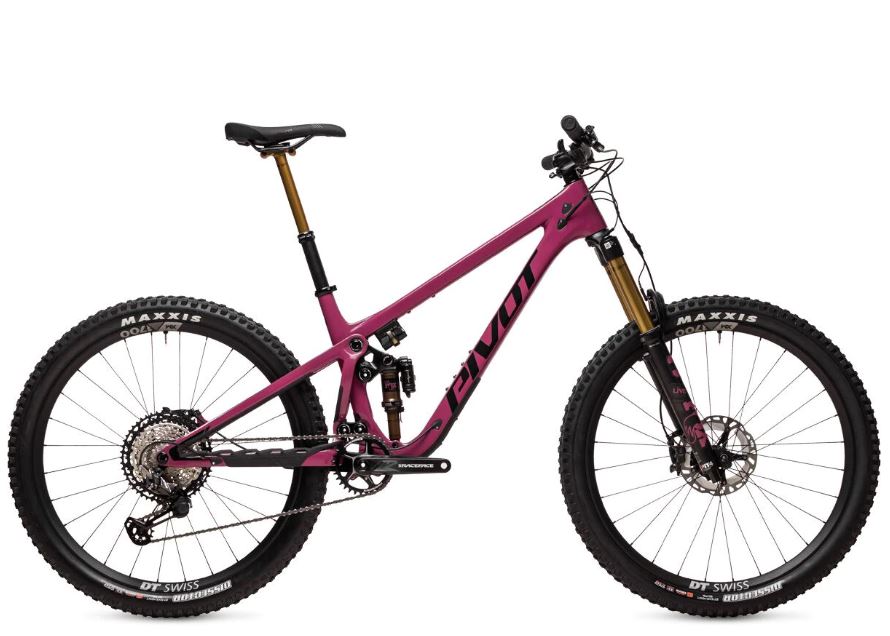
Handling and Weight: A Matter of Control
Maneuvering a downhill bike through tight turns, drops, and technical obstacles is an art. The bike’s weight influences this significantly. A heavier bike might feel more planted, but it also demands more physical input to initiate turns or adjust lines quickly. There was a race where the agility of a lighter bike would have given me an edge in a particularly twisty section, but my heavier setup offered the confidence to charge through rough patches that might have rattled less substantial frames.
Speed: When Mass Meets Momentum
In downhill biking, speed is king. A common belief is that heavier bikes maintain their momentum better, particularly on straightaways or smoother sections of a course. However, this comes with the caveat that getting up to speed initially can be more challenging. The added mass means more gravitational energy to overcome when starting from a standstill or accelerating out of corners. This dynamic became apparent to me during a race on a course with alternating steep descents and flat sections; the bike’s weight helped maintain speed on the downs but required more effort to accelerate back up to pace on the flats.
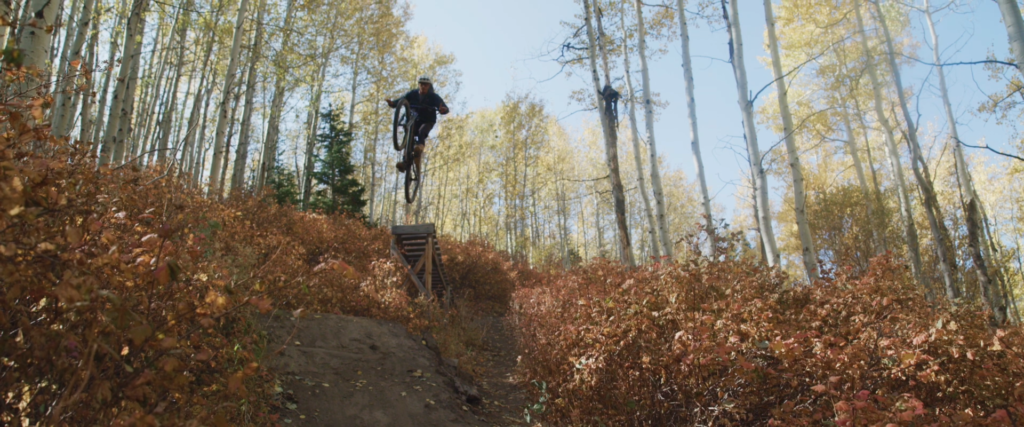
Customization and Balance: Finding Your Sweet Spot
Customizing your bike to find the perfect balance between weight, stability, and agility is key to optimizing your downhill performance. Through trial and error, I’ve learned to tweak my setup depending on the track. Adjusting component weights, tire pressures, and suspension settings can all help manage how a bike’s weight influences its performance. For example, lighter wheels can make a heavy bike feel more nimble, while a sturdier frame can add confidence on treacherous descents.
The Role of Weight in Downhill Mountain Biking: In Conclusion
In downhill mountain biking, weight is not just a number; it’s a critical factor that shapes your ride. Embracing the weight of your bike, understanding how it interacts with the forces of gravity and momentum, and customizing your setup to suit your style and the terrain will enhance your downhill experience. Whether you’re charging down World Cup tracks or local trails, the key is to find a balance that works for you, harnessing the weight of your bike to conquer the mountain beneath you.
The ideal weight for a downhill bike is a subject of much debate and is heavily influenced by personal preference and riding style. However, as technology advances, bikes have become lighter without sacrificing the strength and durability essential for withstanding the abuses of downhill riding. Materials like carbon fiber and advanced aluminum alloys have allowed for frames that are both lightweight and capable of absorbing the shocks of downhill terrain.

Concluding with an ideal model to represent the perfect balance of weight for downhill biking, the Santa Cruz V10 comes to mind. This bike, with its carbon frame, strikes an impressive balance between durability, weight, and performance. It’s a machine designed for the rigors of downhill racing, offering a stable and responsive ride that doesn’t shy away from high speeds or airborne antics. The V10‘s success on the World Cup circuit is a testament to its design philosophy, marrying weight optimization with performance to tackle the world’s toughest downhill tracks.
FAQ
How does weight affect mountain biking?
Weight significantly affects mountain biking by influencing handling, acceleration, and rider fatigue. A lighter bike can be easier to maneuver and accelerate, especially on climbs and technical sections, but may lack stability on rough descents. Conversely, a heavier bike provides more momentum and stability downhill but can be more challenging to handle on climbs and flat terrain.
Does weight affect downhill speed?
Yes, weight does affect downhill speed, but not strictly in the sense that “heavier always means faster.” While a heavier bike or rider can have more gravitational force to assist with downhill momentum, the overall speed also depends on aerodynamics, trail conditions, and the bike’s stability and handling. Too much weight can hinder a rider’s ability to navigate technical sections quickly.
Does lifting weights help mountain biking?
Lifting weights can help mountain biking by improving overall strength, endurance, and power, which are crucial for climbing, sprinting, and maintaining control of the bike on challenging terrain. Strength training can also enhance a rider’s ability to handle the bike more effectively and reduce the risk of injury.
Does MTB wheel weight matter?
MTB wheel weight matters because wheels are rotating mass. Lighter wheels can improve a bike’s responsiveness, acceleration, and climbing efficiency since less energy is required to get them moving. However, the strength and durability of the wheels are also important, especially for mountain biking, where wheels face significant stress from impacts and rough terrain. A balance between weight, strength, and durability is crucial for optimal performance.
Ride on
John
